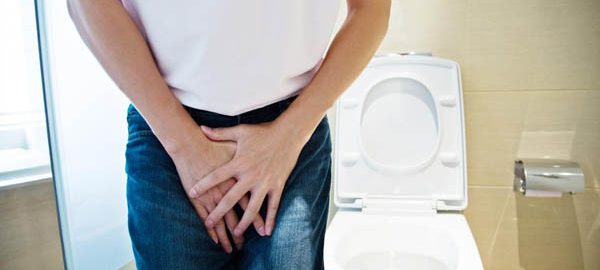Chronic pelvic pain (CPD) is defined as a pain located in the pelvic area (lower abdomen) of more than 6 months. The painful sensation can be focused in different areas:
- in the vagina
- in the perineal area (between the anus and the vagina or between the anus and the scrotum)
- in the scrotum
- around the vaginal orifice
The fundamental problem of these patients is that very few urologist in West Delhi think about this syndrome when they come to the consultation. This makes the diagnosis take a long time, usually years, before starting appropriate treatment.
The causes of CPD syndrome are very numerous and varied: vaginal or pelvic surgical procedures, trauma (including repeated small injuries), inflammatory or infectious processes of the pelvis, etc. Usually, the pain is caused by irritation of the pudendal nerve or one of its branches. It is, therefore, what we call “neuropathic pain” against which the usual analgesics do nothing.
It is very characteristic that the pain is triggered or accentuated when the patient sits down and remits when lying down. In addition to pain, urinary symptoms may appear (urgency, frequency, incontinence, stinging, etc.); problems with the deposition; problems or difficulty having sex; erectile dysfunction; alterations of ejaculation, etc. All these associated symptoms are those that mislead the doctor who treats these patients, making the definitive diagnosis difficult.
The necessary study, in these patients, includes the following tests:
- Physical exploration, locating those points that trigger the painful sensation (trigger points) and assessing the state of the pelvic musculature.
- Magnetic Nuclear Resonance (NMR) of the pelvis, with special attention to areas where nerve entrapment could most likely occur
- Neurophysiological study of the pudendal nerve
The PCD syndrome usually requires a long and multiple treatments, including:
- Pharmacological treatment: As already mentioned, the usual analgesics are not effective in this situation. You must resort to antidepressant medications; state-of-the-art antiseptics; benzodiazepines; etc.
- Infiltration of painful points with corticosteroids, local anesthetics, etc.
- Physiotherapy treatments: electrostimulation, massages, etc.
- Surgical treatment
Once the diagnosis is established, the therapies used are usually very effective and usually eliminate the pain and associated symptoms.

